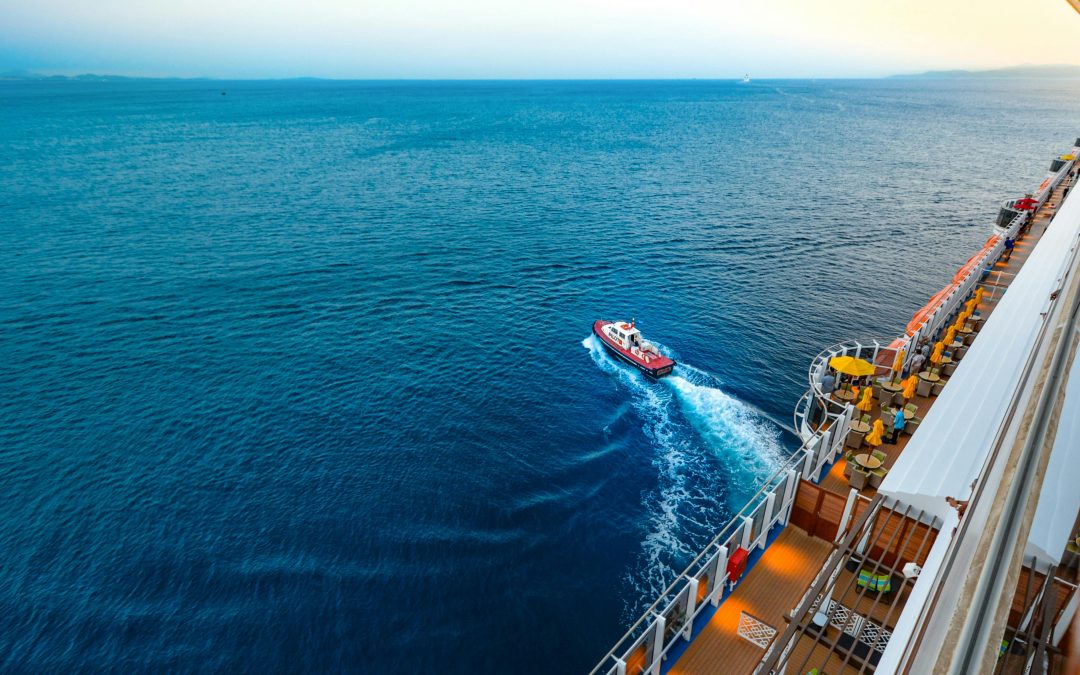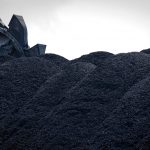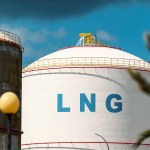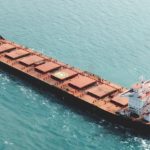Japan-delivered LSFO prices are currently the cheapest among the major regional bunkering locations for the first time this year following a sluggish November, with demand prospects in December remaining bleak amid a weaker-than-expected shipping market.
Platts, part of S&P Global Commodity Insights, assessed the Japan-delivered LSFO flat price at $569/mt on Nov. 27, on par with Hong Kong and cheaper than Zhoushan at $574/mt and South Korea at $580.25/mt.
Japan LSFO prices then eased 1.1% to $563/mt on Nov. 28, making it the most competitive bunkering location among major North Asian peers in nearly 12 months, and have since held in a tight band of $563-$565/mt.
Meanwhile, prices in Hong Kong, Zhoushan and South Korea have edged up to a range in the $570s-$590s/mt, supported by some tightness in supply in the respective markets.
This is the time Japan has been the most competitive regional location for LSFO since Nov. 27-Dec. 1, 2023, when Japanese LSFO ranged between $641-$662/mt compared to a $650-$677.50/mt range for the other three locations.
Current Japanese LSFO prices also mark an 18-month low. It was last assessed lower on June 1, 2023, at $560/mt, according to Commodity Insights data.
Competition intensifies amid slow November
The plunge in Japanese prices has come amid a lean November which saw offer and deal levels eroding amid limited inquiries in the market, while at the same time the conventionally more competitive ports of Hong Kong and Zhoushan saw demand strengthening after an initially slow first half of the month.
“[Japan bunker] demand [is] not good, some [are] too competitive as many want to move volumes. The [market is] quite messy as everyone wants to fulfill their [sales] quotas,” a local bunker trader said.
“I am kind of off the spot market as I don’t need to sell at such levels,” the trader added.
Market sources are bracing for a sluggish fourth quarter overall, with one trader estimating that sales so far this quarter are down by about 10-15% compared with last year.
While not all were as downbeat about demand, some noted little upside for the period against expectations of the year-end as a seasonally good quarter.
“Demand in Q4 has been better than Q3 so far, but the supply is very ample as [there hasn’t been refinery] troubles [affecting] production,” the first trader added.
As with Japan, other regional peers also saw a weaker November but appear to be entering December with slightly tighter supply factors lending premiums more support.
Market sources in South Korea attributed the slow November to a slight structural change in shipping demand, with some uptake shifted earlier to avoid a potential increase in tariffs from a Trump presidency.
“This year, container [vessels] shipped goods for Christmas way earlier than usual because they are scared of US tariffs if Trump was elected,” a South Korean bunker supplier said.
“The problem is the tanker shipping market [is] struggling [more] unlike past seasons… I guess the Chinese economy has affected trading volumes,” a second local bunker supplier said.
The Hong Kong and Zhoushan LSFO markets have similarly seen slower demand in the first half of November followed by a strengthening towards the month end, causing supply to drastically tighten.
The middle of November also saw the loss of several days of bunkering due to typhoons impacting both ports.
“November demand was very bad… about 20-30% [less than October],” a local bunker supplier said. “South Korea [is] also cheap… similar to Hong Kong, so they won’t come.”
Source: Platts






